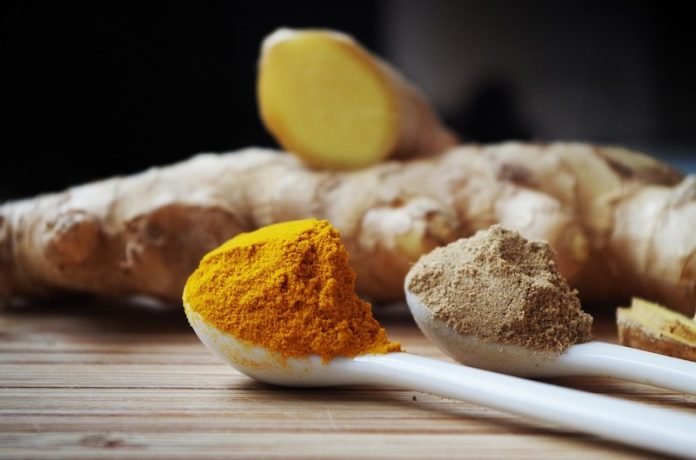
In two studies, researchers found processors in Bangladesh, one of the world’s predominant regions for growing turmeric, sometimes add a lead-laced chemical compound to the spice.
They suggest people are unknowingly consuming something that could cause major health issues.
The research was conducted by a team from Stanford University.
Turmeric, billed as a health booster and healing agent, may be the source of cognitive defects and other severe ailments.
Long banned from food products, lead is a potent neurotoxin considered unsafe in any quantity.
A related analysis also confirms for the first time that turmeric is likely the primary contributor to elevated blood lead levels among Bangladeshis surveyed.
The first study involves a range of analyses, including interviews with farmers and spice processors in several Bangladesh districts, which together produce nearly half of the nation’s turmeric.
Many traced the issue to the 1980s when a massive flood left turmeric crops wet and relatively dull in color.
Demand for bright yellow curry led turmeric processors to add lead chromate—an industrial yellow pigment commonly used to color toys and furniture—to their product.
The practice continued as a cheap, fast way to produce the desired color.
As a potent neurotoxin, lead increases the risk of heart and brain disease in adults and interferes with children’s brain development.
About 90% of children with elevated blood lead levels live in lower-income countries, and resulting in cognitive damages are linked to nearly one trillion dollars in lost productivity annually.
The related study looked at various potential sources of blood lead level contamination in Bangladeshis.
Lead comes in various forms, called isotopes, and the ratios of those isotopes vary by the lead’s origin.
The researchers could point to lead chromate-adulterated turmeric as the most likely culprit by matching it to lead isotopes in people’s blood.
The research is the first to directly link lead in turmeric to lead levels in the blood.
The researchers say adulterated turmeric is a source of lead exposure, and we have to do something about it.
Unlike other metals, there is no safe consumption limit for lead, it’s a neurotoxin in its totality.
The researchers now plan to focus on shifting consumer behaviors away from eating contaminated turmeric and reducing incentives for the practice.
They suggest more effective and efficient drying technologies for turmeric processing.
They also recommend that import inspectors around the world screen turmeric with X-ray devices that can detect lead and other chemicals.
The lead author is Jenna Forsyth, a postdoctoral scholar at the Woods Institute for the Environment at Stanford University. The research is published in Environmental Research.
If you care about nutrition, please read studies about the best time to take vitamins to prevent heart disease, and calcium supplements could harm your heart health.
For more information about nutrition, please see recent studies about antioxidants that could help reduce the risk of dementia, and how drinking milk affects the risks of heart disease and cancer.



